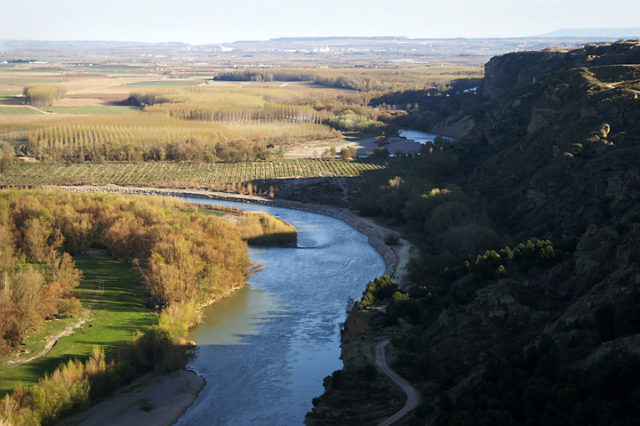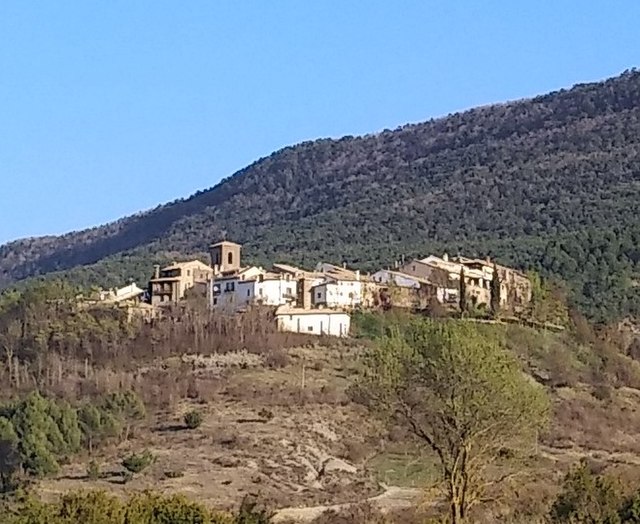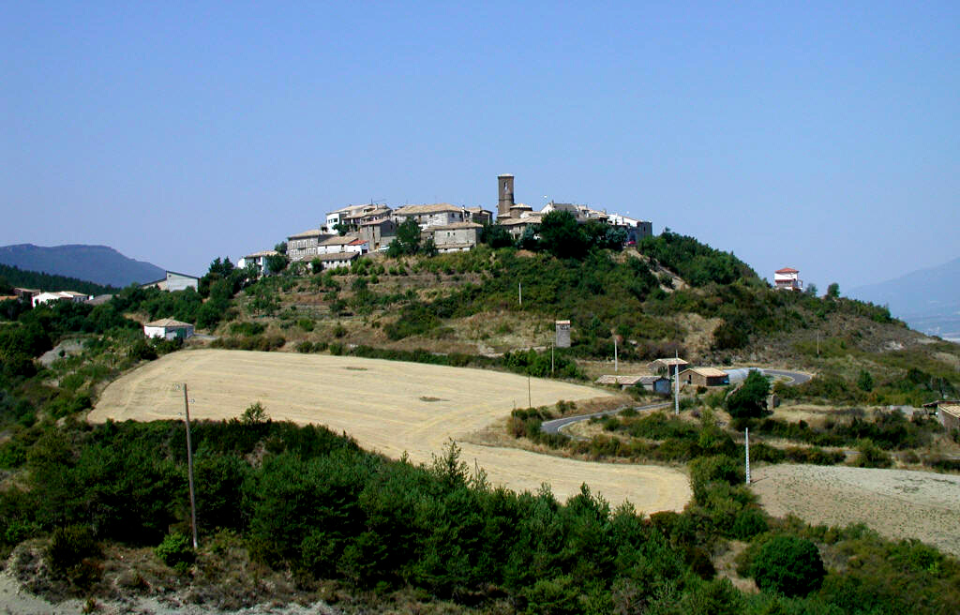Archaeologists with the University of Zaragoza have announced the discovery of a previously-unknown ancient Roman city that dates back to 1-5 century AD. The find is unprecedented, as teams working within the 10-acre excavation site had previously believed they were digging through the remains of a number of ancient locations.

The excavations are taking place approximately a mile northwest of Artieda, a small village in the province of Zaragoza, Aragón, Spain. The team of experts from the university were contacted by Artieda’s city council in 2018 to study the ruins, which showed “deterioration and neglect.”
After two years of preparation, researchers decided to focus on an area known as the Hermitage of San Pedro. During July and August 2021, they conducted field work, “which combined intensive surface prospecting, clearing, and cleaning of opus caementicium elements of the western slope and the delimitation of four stratigraphic surveys.”
It was then realized that the Hermitage of San Pedro, along with other nearby sites, were part of one large, unknown ancient Roman city. It has been given the working name of El Forau de la Tuta, until its historical one is uncovered. Located on the fertile plain of the Aragón River, it’s situated near the ancient road that linked Jaca, Pamplona and Lumbier, and could have served as a staging post between the settlements.
The presence of ancient Romans in the area has been known for decades, as an excavation in the 1960s uncovered the remains of a villa. However, nothing of this scale was anticipated. At present, only two of the planned surveys have been conducted thus far, due to the importance of the findings uncovered. Modern and old-school detection techniques are being used, such as the use of old mapping research, geo-radar, aerial imagery and modern scans.
Veo gente muy impresionada (lógicamente) con el hallazgo de una ciudad romana en Artieda, Zaragoza. Lo que me sorprende es que a muchos les impresiona es que no conozcamos el nombre de la ciudad.
Realmente no son pocos los casos en los que esto ocurre en los yacimientos. pic.twitter.com/spi3i0IPwd
— Antigua Roma al Día (@antigua_roma) July 12, 2022
Among the remnants uncovered thus far include two streets, sidewalks, cement sewer outlets and the reception room of a thermal bath. The latter had been decorated with mosaics featuring carvings of shells and scallops, as well as two Cupids riding on the backs of seahorses. A marble hand was discovered near the reception room and is believed to be from a public monument.
Additionally, the team has announced the discovery of “buildings of monumental proportions,” along with three Italic Attic bases and two Corinthian capitals.
It’s believed the city was erected and active between 1-5 century AD, before being abandoned following the collapse of the Roman Empire. Evidence also suggests it was reoccupied by Spaniards during the early-medieval Christian era, between 9-13 century AD. The settlement, which was valued for its water supply and agricultural potential, was named either Arteda, Artede or Arteda Ciuitate.
The ruins of the medieval city were found on top of those dating back to ancient Rome and include the apse of a church, a cemetery consistent with Christian burial rites, and numerous silos with circular openings. It’s believed the location was abandoned after residents moved to Artieda, as the higher ground provided protection against invading forces.

More from us: Mysterious Georgia Guidestones Destroyed By Vandals
According to researchers, the next step in the investigation of the new city involves analyzing two tombstones uncovered within its necropolis and charting its water supply. It’s believed El Forau de la Tuta‘s hydraulic system is similar to that discovered in the Basque cities of Los Bañales and Andelo.
